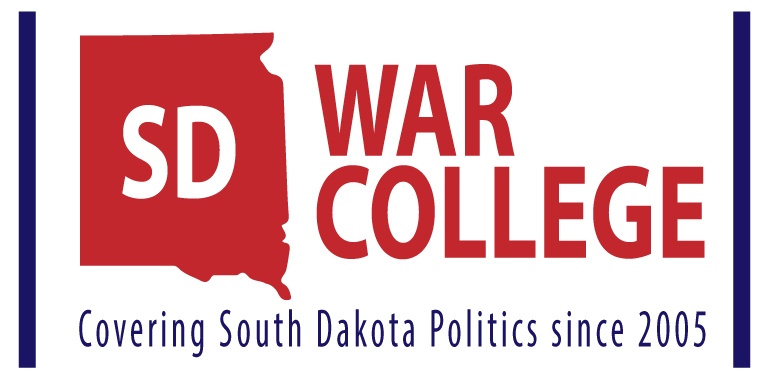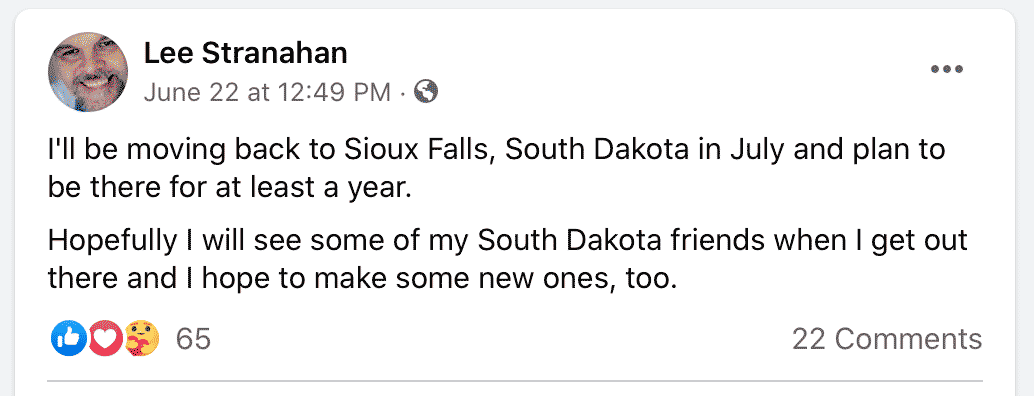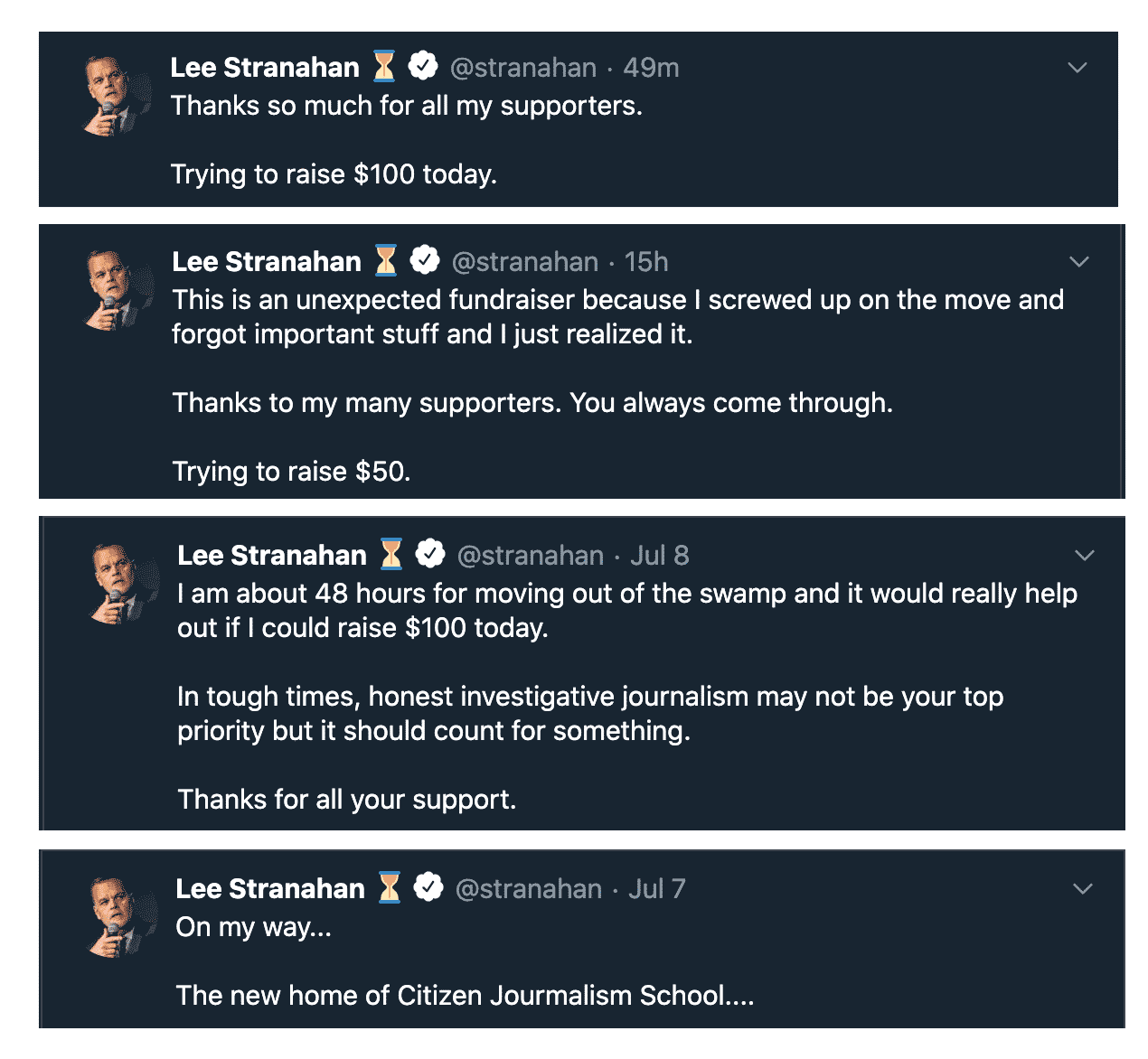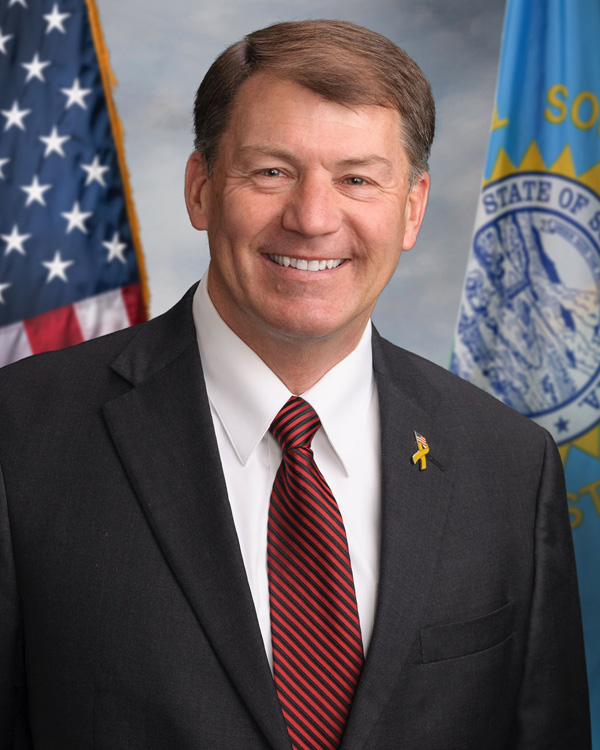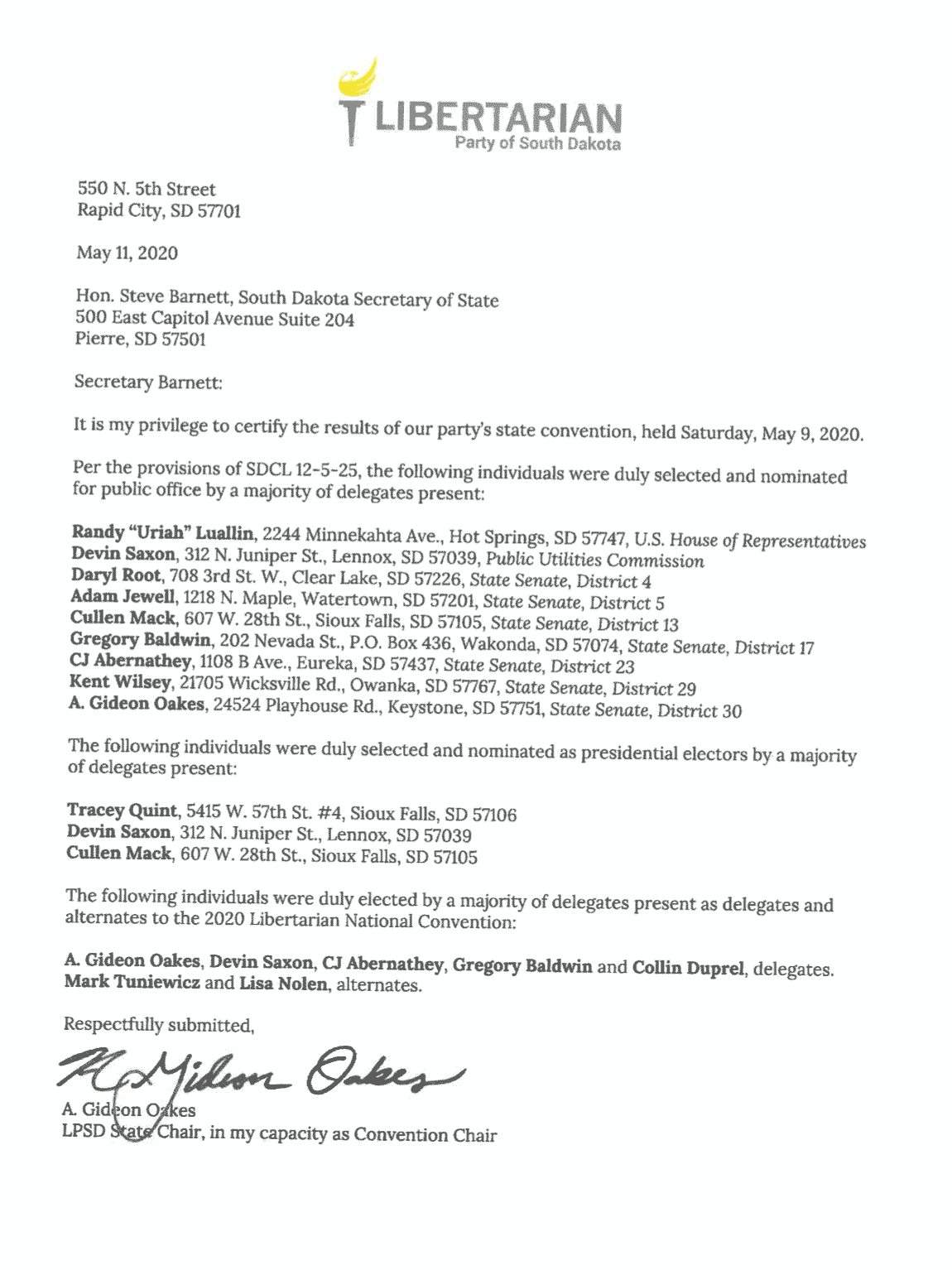Democrat National Convention delegation to be led in part by non-resident?
Here’s an item that a reader brought to my attention a little while back. Here’s the information from the South Dakota Democrat Party as to who is eligible to participate in their National Convention Delegation:
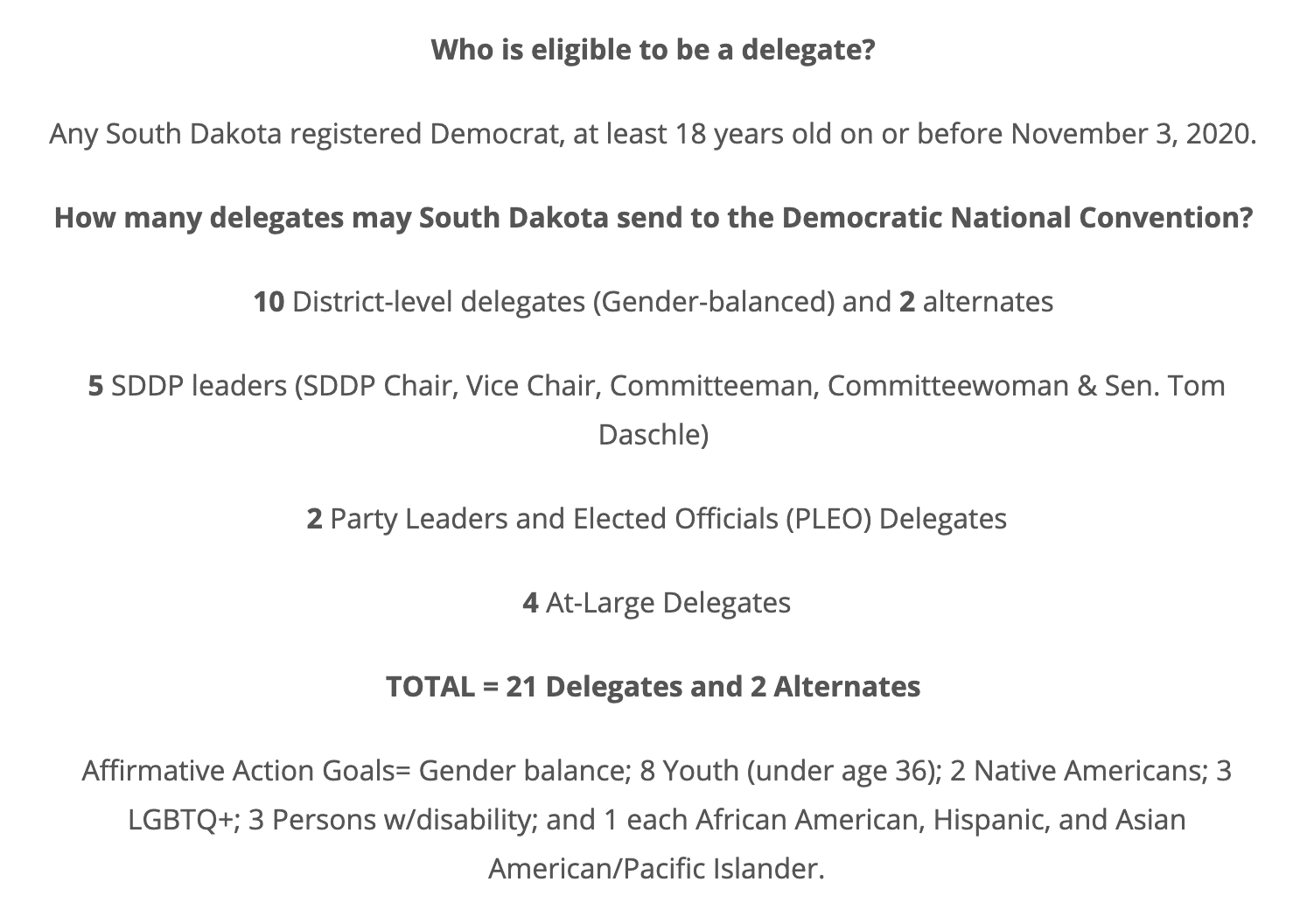
Check out the line about 5 SDDP Leaders:
5 SDDP leaders (SDDP Chair, Vice Chair, Committeeman, Committeewoman & Sen. Tom Daschle)
That’s all well and good…but there’s just one item that they aren’t mentioning. Because while Tom Daschle is one of the SDDP leaders for the purposes of their State Delegation, it would not appear that former Senator Daschle is registered to vote in South Dakota anymore.
From a check of voter rolls, I don’t see he nor his wife registered to vote in the state. Recent Democrat party donor records certainly don’t show his address to be in SD:
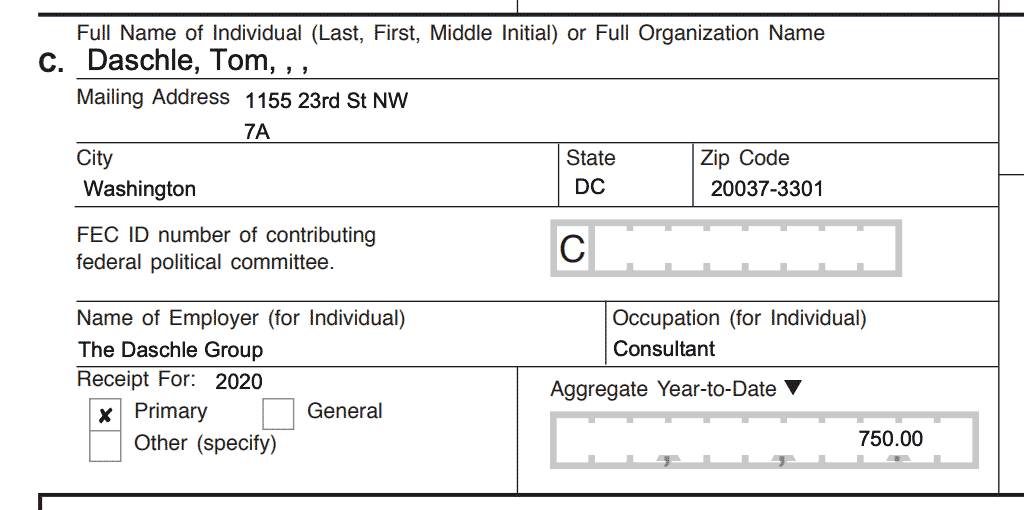
So if Tom Daschle doesn’t live in South Dakota, and isn’t registered to vote in South Dakota, how does their statement noting “Who is eligible to be a delegate? Any South Dakota registered Democrat” apply?
According to Democrat Party bylaws as filed with the Secretary of State…
Article X: National Convention Delegate
The state central committee shall adopt a specific plan of affirmative action and delegate selection for national convention delegates in compliance with South Dakota law and the rules of the Democratic National Committee.
And according to Dem Party rules, it appears they might be giving Daschle a bye on the whole residency thing by expressly NOT addressing it:
The following categories (if applicable) shall constitute the Automatic Party Leaders and Elected Official delegate positions:
i. Members of the Democratic National Committee who legally reside in the state. This includes the South Dakota Democratic Party Chair, Vice Chair, 18 Committeewoman and Committeeman. (Rule 9.A.1, Call I.F, Call I.J, & Reg. 4.15).
…
v. “Distinguished Party Leader” delegates (if applicable); [Persons who qualify as “Distinguished Party Leader” delegates are: all former Democratic Presidents or Vice Presidents, all former Democratic Leaders of the U.S. Senate, all former Democratic Speakers of the U.S. House of Representatives and Democratic Minority Leaders, as applicable, and all former Chairs of the Democratic National Committee.] In South Dakota, this includes Sen. Tom Daschle (Rule 9.A.5, Call I.G & Reg. 4.14)
Despite the fact Tom Daschle appears to not be registered to vote in South Dakota anymore, Democrats are writing their rules to make him the sole exception of needing to actually be a South Dakota voter to take part in leading their convention delegation.
But, claiming to be a South Dakotan while living elsewhere isn’t fresh territory for Tom Daschle. Is it?
